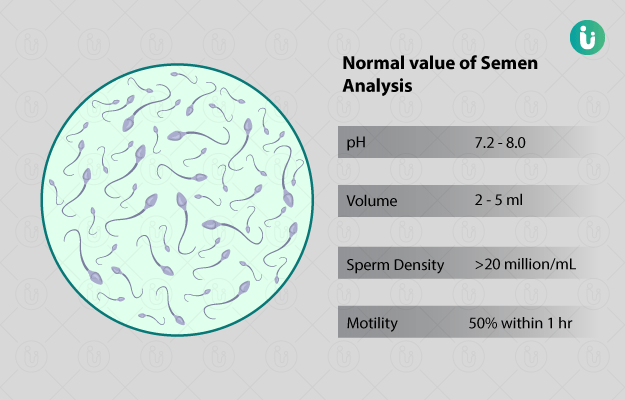What is plasma lactate (lactic acid) test?
Plasma lactate test, also known as lactic acid test, is used to determine the levels of lactate or lactic acid in blood. Occasionally, it is also used to detect lactic acid or lactate levels in cerebrospinal fluid.
During intense physical exertion, certain body tissues start to produce extra energy by turning glucose into lactate. This mainly occurs due to reduced oxygen availability in tissues, such as during exercise, infection or disease. The highest lactate production occurs in muscles and red blood cells.














